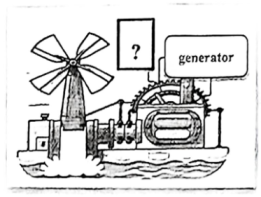Grammar and Vocabulary,Section A,Directions:Beneath each of the following sentences there are four choices marked A, B, C and D. Choose the one answer that best completes the sentence.
Grammar and Vocabulary,Section B,Directions: After reading the passage below, fill in the blanks to make the passage coherent and grammatically correct. For the blanks with a given word, fill in each blank with the proper form of the given word; for the other blanks, use one word that best fits each blank.
Grammar and Vocabulary,Section C,Directions:Fill in each bl ank with a proper word chosen from the box. Each word can be used only once. Note that there is one word more than you need.
Reading Comprehension,Section A,Directions:For each blank in the following passage there are four words or phrases marked A, B, C and D. Fill in each blank with the word or phrase that best fits the context.
Reading Comprehension,Section B,Directions:Read the following three passages. Each passage is followed by several questions or unfinished statements. For each of them there are four choices marked A, B, C and D. Choose the one that fit s best according to the information given in the passage you have just read.
Reading Comprehension,Section C,Directions:Read the passage carefully. Fill in each blank with a proper sentence given in the box. Each sentence can be used only once. Note that there are two more sentences than you need.
Translation (请将以下所有答案均写在答题纸上)Section A,Directions:Complete the following sentences in English according to the sentences given in Chinese.
Translation ,Section B,Directions:Translate the following sentences into English, using the words given in the brackets.
